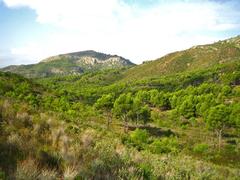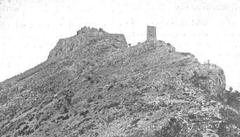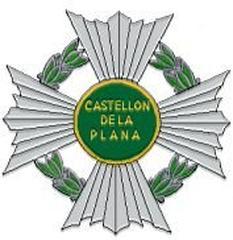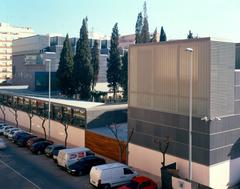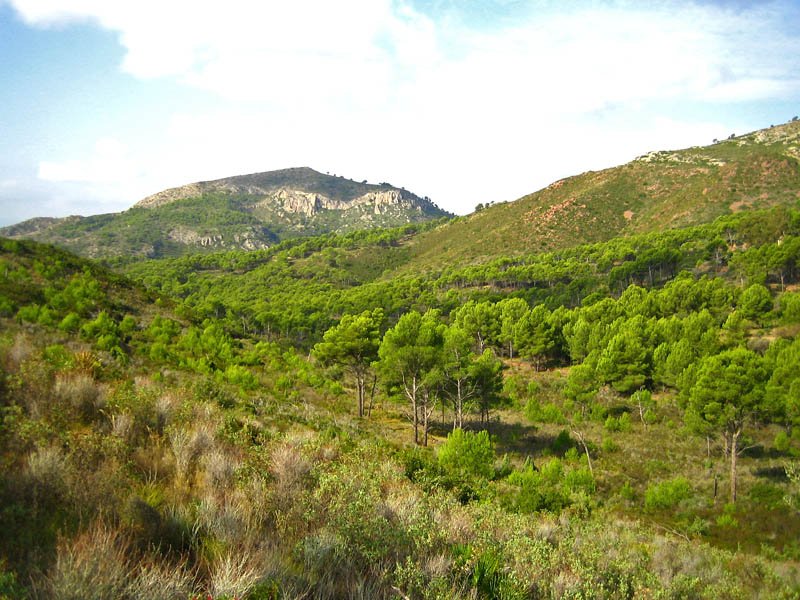
La Bartola Visiting Guide: Hours, Tickets, and Historical Sites in Castelló de la Plana
Date: 23/07/2024
Introduction
Welcome to La Bartola, a hidden historical gem nestled in the scenic landscape of Castelló de la Plana, Spain. This region, located between the Mediterranean Sea and the mountainous terrain, has served as a significant site for various civilizations, from the Bronze Age to modern times. Castelló de la Plana itself has been continuously inhabited for thousands of years, with La Bartola playing a pivotal role in its historical and cultural development. The region’s strategic location made it a valuable asset for the Romans, who left behind an array of architectural remnants, and the Moors, who introduced advanced agricultural techniques and distinctive architectural styles. The Christian Reconquest in the 13th century further shaped La Bartola’s identity, leading to the establishment of new religious and cultural structures. Today, La Bartola is not only a testament to its rich past but also a vibrant destination for travelers seeking to explore its unique blend of history, culture, and natural beauty. (Castelló Turismo, Museo de Bellas Artes de Castellón)
Table of Contents
- Introduction
- Early History and Origins
- Roman Influence
- Moorish Period
- Christian Reconquest
- Medieval and Renaissance Periods
- Modern Era
- Visitor Information
- Cultural Significance and Events
- Architectural Heritage
- Preservation Efforts
- FAQ
- Conclusion
Early History and Origins
La Bartola has been a significant region since ancient times. The area has seen Bronze Age settlements, Iberian tribes, and has served as a strategic location for various civilizations.
Roman Influence
During the Roman era, Castelló de la Plana was part of the Roman province of Hispania Tarraconensis. The Romans established numerous settlements in the region, contributing to its development through the construction of roads, aqueducts, and other infrastructure. The remnants of Roman architecture and artifacts found in the area highlight the importance of La Bartola during this period.
Moorish Period
The Moorish conquest of the Iberian Peninsula in the 8th century brought significant changes to La Bartola and its surroundings. The Moors introduced advanced agricultural techniques, including irrigation systems that transformed the arid land into fertile fields. The architectural style of the period, characterized by intricate tile work and arches, can still be seen in some of the older structures in the region.
Christian Reconquest
The Christian Reconquest in the 13th century marked a pivotal moment in the history of La Bartola. King James I of Aragon captured the region from the Moors in 1233, leading to the establishment of a new Christian order. The town of Castelló de la Plana was officially founded in 1251, and La Bartola became an integral part of the newly formed Christian kingdom. The construction of churches and monasteries during this period reflects the religious and cultural shift that occurred. The Ermita de la Magdalena, a hermitage located near La Bartola, is a testament to this era and remains a site of pilgrimage and historical interest.
Medieval and Renaissance Periods
During the medieval and Renaissance periods, La Bartola continued to thrive as a center of agriculture and trade. The fertile lands and strategic location contributed to its economic prosperity. The construction of the Castell Vell, an ancient castle overlooking the town, provided protection and served as a symbol of the region’s strength.
Modern Era
The modern era brought significant changes to La Bartola and Castelló de la Plana. The 19th and 20th centuries saw industrialization and urbanization, transforming the region into a bustling hub of activity. The development of the port of Castellón facilitated trade and commerce, further boosting the local economy. Despite these changes, La Bartola has managed to preserve its historical charm and cultural heritage.
Visitor Information
Ticket Prices and Opening Hours
- Tickets: Entrance to most historical sites in La Bartola is free, but some locations may have a small fee. Always check the official websites for the most accurate information.
- Opening Hours: Generally, historical sites are open from 10 AM to 6 PM, but hours may vary seasonally and on holidays.
Travel Tips
- Accessibility: Most historical sites in La Bartola are accessible, but some ancient structures might have limited accessibility for visitors with mobility issues.
- Best Times to Visit: Spring and fall are ideal for visiting due to the pleasant weather.
- Guided Tours: Consider taking a guided tour to gain a deeper understanding of the site’s history and significance.
Cultural Significance and Events
La Bartola is known for its traditional festivals, such as the Fiestas de la Magdalena, which celebrate the founding of Castelló de la Plana. These festivals, featuring parades, music, and traditional dances, highlight the rich cultural heritage of the area.
Architectural Heritage
The architectural heritage of La Bartola is a blend of various styles that reflect its diverse history. From Roman ruins to Moorish fortifications and medieval castles, the structures in the region offer a glimpse into the past. The Concatedral de Santa María, a Gothic-style cathedral in Castelló de la Plana, is a prime example of the architectural evolution that has taken place over the centuries.
Preservation Efforts
Efforts to preserve the historical and cultural heritage of La Bartola are ongoing. Local authorities and organizations are dedicated to maintaining and restoring historical sites, ensuring that future generations can appreciate the rich history of the region. The establishment of museums and cultural centers, such as the Museo de Bellas Artes de Castellón, plays a crucial role in educating the public about the historical significance of La Bartola and its surroundings.
FAQ
Q: What are the visiting hours for La Bartola?
A: Most historical sites are open from 10 AM to 6 PM, but hours may vary.
Q: Is there an entrance fee to visit La Bartola?
A: Entrance to most sites is free, but some may charge a small fee.
Q: What is the best time to visit La Bartola?
A: Spring and fall are ideal due to the pleasant weather.
Conclusion
La Bartola, with its deep historical roots and cultural significance, offers a unique glimpse into the past. The region’s rich history, from ancient civilizations to modern times, is reflected in its architecture, traditions, and way of life. Visitors to La Bartola can explore its historical landmarks, participate in traditional festivals, and immerse themselves in the cultural heritage that has been preserved over the centuries. The ongoing efforts to maintain and restore historical sites ensure that La Bartola remains a significant and cherished part of Spain’s history. Plan your visit today and experience the historical charm of La Bartola. (Castelló Turismo, Concatedral de Santa María)
References
- Castelló Turismo, n.d., Castelló Turismo source url
- Museo de Bellas Artes de Castellón, n.d., Museo de Bellas Artes de Castellón source url
- Castelló Turismo, n.d., Castelló Turismo source url
- Castelló Turismo, n.d., Castelló Turismo source url
